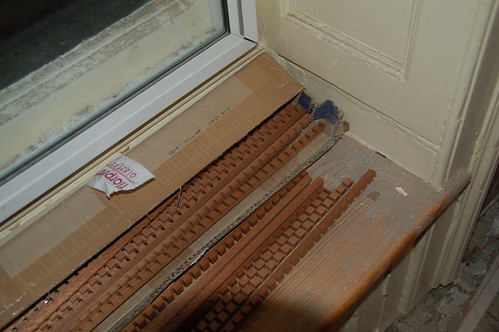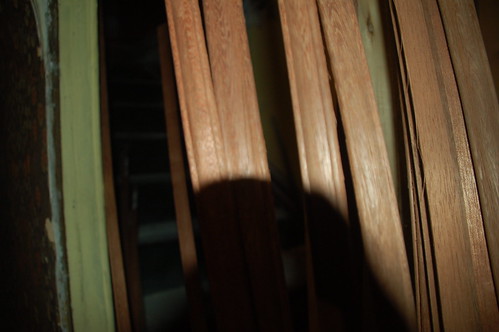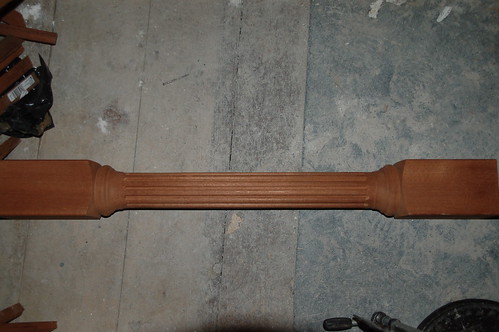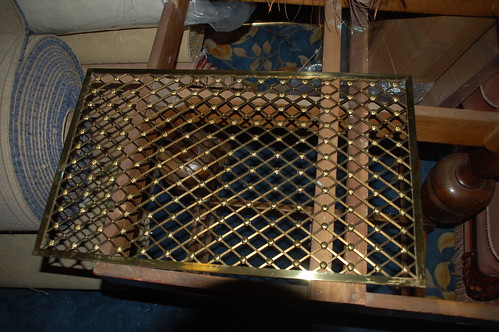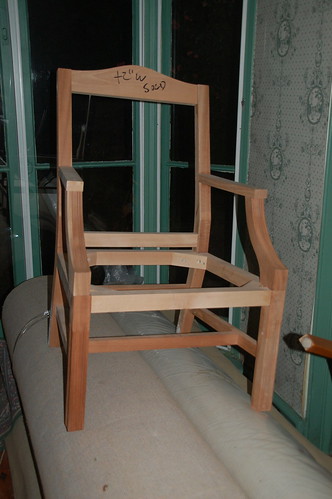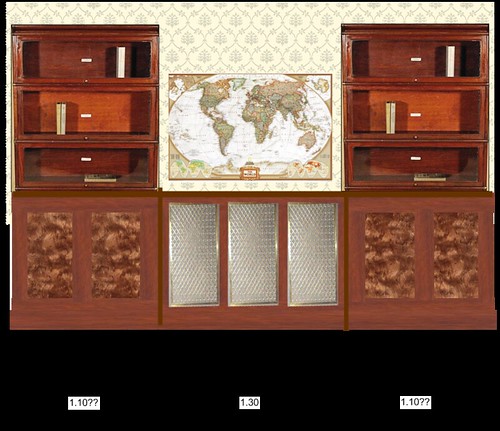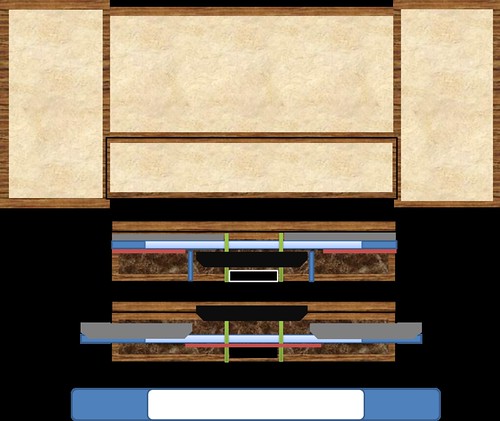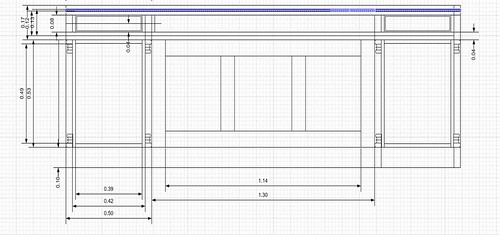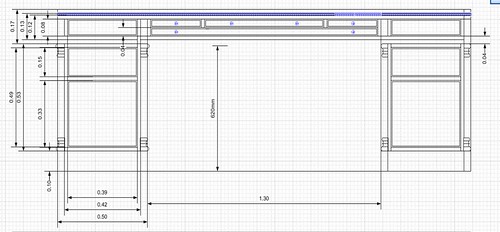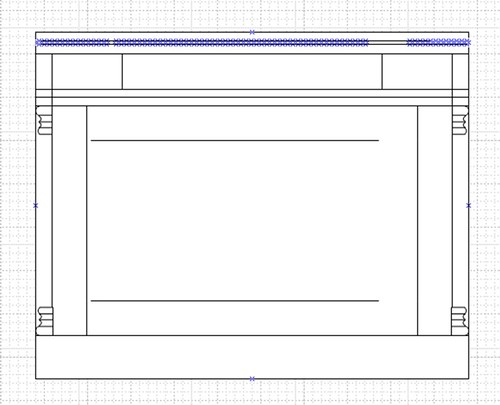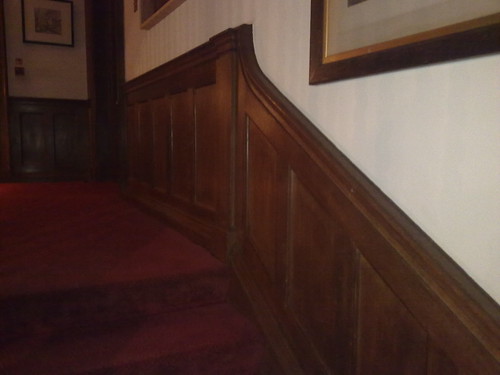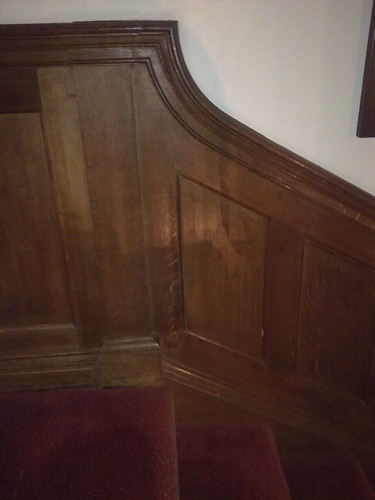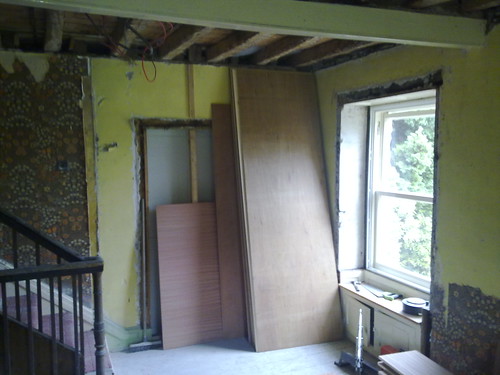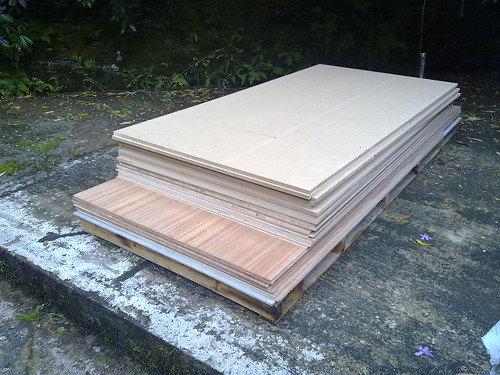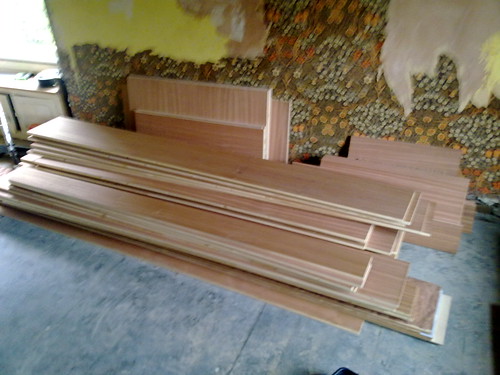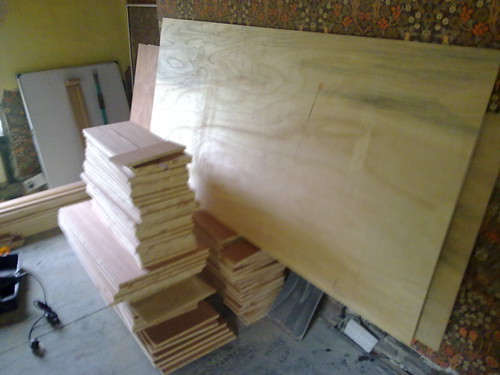gavin dj harper
Member
- Messages
- 46
- Location
- Plas Llwyngwern, Machynlleth, Wales
OK... so here is a link to pictures of the bombsite  )
)
It really felt criminal removing a wallpaper that should probably be in a museum of fine industrial art. In some ways I feel very guilty and quite a vandal. However... it was peeling in many places and had had a "good innings".

DSC_1418 by gavindjharper, on Flickr
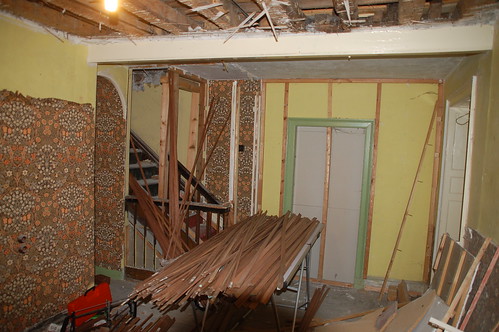
DSC_1419 by gavindjharper, on Flickr
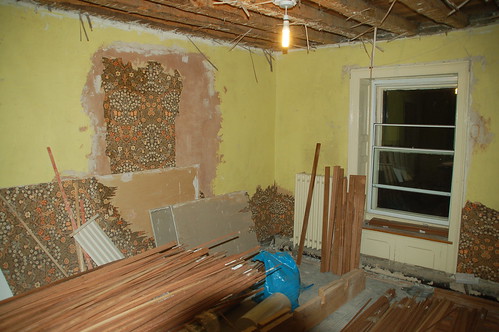
DSC_1417 by gavindjharper, on Flickr
A little bit of history to record for posterity on the interweb for future generations. One of the previous owners of the house Mrs. Beaumont was a big fan of Buttercup Yellow. After peeling away layers of paper in many of the rooms, we have uncovered a running 'Buttercup Yellow' theme. Some of the woodwork under the sashes is also painted yellow. Apparently at some point in the past, all of the exterior wood of the house was painted in this shade. Would love to see a photo.
It really felt criminal removing a wallpaper that should probably be in a museum of fine industrial art. In some ways I feel very guilty and quite a vandal. However... it was peeling in many places and had had a "good innings".

DSC_1418 by gavindjharper, on Flickr

DSC_1419 by gavindjharper, on Flickr

DSC_1417 by gavindjharper, on Flickr
A little bit of history to record for posterity on the interweb for future generations. One of the previous owners of the house Mrs. Beaumont was a big fan of Buttercup Yellow. After peeling away layers of paper in many of the rooms, we have uncovered a running 'Buttercup Yellow' theme. Some of the woodwork under the sashes is also painted yellow. Apparently at some point in the past, all of the exterior wood of the house was painted in this shade. Would love to see a photo.

